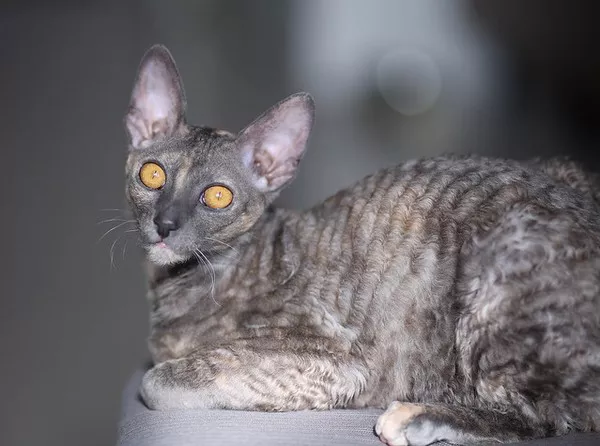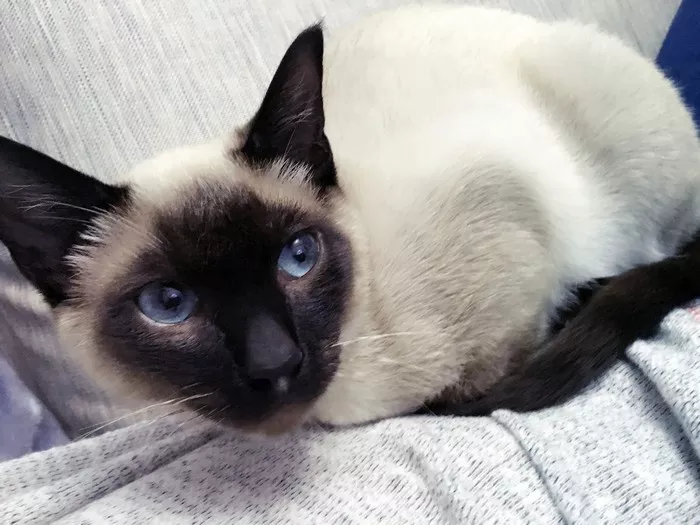The companionship of a cat brings immeasurable joy to our lives, accompanied by the responsibility of providing them with proper care. One often-overlooked aspect of feline well-being is nail maintenance. In this essay, we delve into the significance of trimming a cat’s nails, addressing common concerns and shedding light on the potential consequences of neglect. By understanding the importance of this seemingly mundane task, cat owners can contribute to the overall health and happiness of their feline friends.
Understanding Cat Nails
Anatomy of Cat Nails:
Before delving into the implications of not cutting a cat’s nails, it is crucial to understand the anatomy. Cats’ nails, or claws, are retractable, composed of layers of keratin—the same protein found in human hair and nails. Unlike human nails, a cat’s nail is designed for specific functions, including hunting, climbing, and marking territory.
Natural Instincts:
Scratching is a natural behavior for cats, serving various purposes such as maintaining nail health, stretching their bodies, and marking territory. While scratching is innate, domestication has introduced the need for owners to manage the length of their cat’s nails.
The Potential Consequences of Untended Cat Nails
1. Physical Discomfort:
Cats with excessively long nails may experience discomfort, impacting their ability to walk and climb. Overgrown nails can curl into the paw pads, leading to pain and potential infections. Regular trimming helps prevent such complications, ensuring your cat’s physical comfort.
2. Behavioral Issues:
Untended nails can contribute to undesirable scratching behaviors. Cats may resort to scratching furniture, carpets, or other household items as a way of addressing their discomfort. Consistent nail care helps mitigate such behavioral issues, preserving the harmony of the home environment.
3. Health Risks for Owners:
Cats with sharp, overgrown nails pose a risk to their owners. Scratches and accidental cuts become more likely, potentially leading to infections. Regular nail maintenance minimizes these risks, fostering a safer interaction between cats and their human companions.
The Art of Cat Nail Trimming
Frequency and Techniques:
Determining how often to trim a cat’s nails depends on factors such as their age, activity level, and scratching habits. Generally, monthly trimming is sufficient. Employing proper techniques, including using cat-specific nail clippers and rewarding positive behavior, makes the process more manageable.
Introducing Nail Trimming Gradually:
For cats unaccustomed to nail trimming, gradual introduction is crucial. Begin by touching their paws and providing treats, creating positive associations. Progress to gentle nail handling, ensuring a stress-free experience for both the cat and the owner.
Considerations for Indoor and Outdoor Cats
Indoor Cats:
Indoor cats often require more regular nail maintenance as they have fewer opportunities to naturally wear down their nails. Regular checks and trims help prevent overgrowth and associated issues.
Outdoor Cats:
Cats with outdoor access may naturally wear down their nails through various activities. However, regular checks are still essential to address any potential issues promptly.
Seeking Professional Assistance
Veterinary Support:
Some cats may resist nail trimming despite careful efforts. In such cases, seeking veterinary assistance or professional groomers can provide a stress-free solution. Veterinarians can also address any underlying health concerns related to a cat’s nails.
Professional Grooming:
Professional groomers are equipped to handle cat nail care efficiently. While regular at-home maintenance is encouraged, professional grooming can be a helpful supplement, especially for owners who find the task challenging.
Conclusion:
In conclusion, neglecting a cat’s nail care can have a range of consequences, impacting both their physical comfort and behavioral patterns. As responsible cat owners, it is imperative to recognize the importance of regular nail maintenance in ensuring the overall well-being of our feline companions.
By understanding the potential risks of untended cat nails and incorporating regular trimming into our caregiving routines, we contribute to a happier and healthier life for our cats. The bond between a cat and its owner is strengthened through attentive care, and prioritizing nail health is an integral aspect of this holistic approach to feline well-being.


























